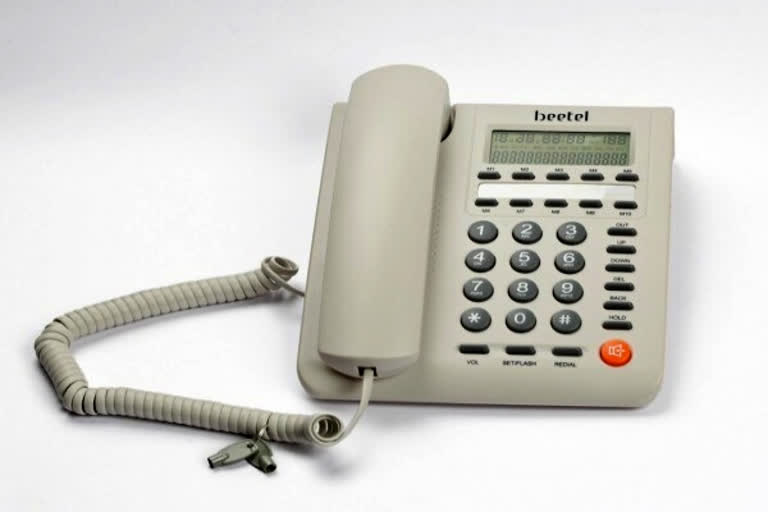New Delhi: In the best and the worst of times, come what may, the phone on the landline connections between the Indian army and their counterparts across the China and Pakistan borders never stop ringing. In a way they are the lifelines to maintain mutual understanding between the testy armies demarcated along a sensitive border by keeping a line of communication alive.
Said a serving senior army officer on condition of not being identified: “While the higher ups define the broad and strategic relationship, at the tactical level, it is the troops on the ground that implement the agreed terms and that is why despite the worst of troubles these lines of communication are always kept open. These are the veritable lifelines for troops in the frontiers.”
The Indian army and Chinese PLA have five designated points along the border at Daulat Beg Oldie (Ladakh), Chushul (Ladakh), Bum-La (Arunachal Pradesh), Nathu-La (Sikkim) and Kibithu (Arunachal Pradesh). There are phone lines in each of these border points connected to the immediate Chinese posts located across the border.
While local commanders of the two armies meet at these five designated points several times in a year, test calls are made between troops posted at the border every day.
The phone call timings vary depending on the place.
Also read: India's engineering export to China jumped by 114% during April-February
For example, across the Arunachal Pradesh frontier with China, calls are exchanged daily on a dedicated landline at 4:30 AM in the morning. These calls ensure that all is okay and are predictably called the ‘all okay’ call.”
Even during the recent and ongoing standoff between the Indian and Chinese militaries in eastern Ladakh and elsewhere across the Line of Actual Control (LAC) which saw its worst brutality in the Galwan incident of June 15, 2020, the ‘all okay’ calls never stopped.
Besides a direct ‘hotline’ between the India and Pakistan director-generals of military operations (DGMOs) that is manned 24/7, there are several such phone lines connected to the Pakistan border posts too. One of the prominent ones is at the Poonch-Rawalkot crossing.
“Every day at 4:30 PM IST and 4:00 PM (Pakistan time), the telephone rings and both sides have a chat mostly relating to local issues at the tactical level. While mostly it is about ceasefire violations (CFV), at times they inform each other of casualty evacuations, of aircraft that will fly close by or any other such ‘local’ issue. Thus it helps to keep the frontier peace so that no untoward incidents occur due to misunderstanding,” the official added.
Both India and Pakistan are keen to avoid the severe collateral damage among civilians that was taking place due to continuous and heavy shelling. Till January 28, 2021, there have been 299 CFVs this year. The number of CFVs was 971 in 2017, 1,629 in 2018, 3,168 in 2019, which jumped to 5,133 instances in 2020.
The phones on the India-Pak border never stopped ringing even after the relationship plummeted to its nadir after the Pulwama attack (February 14, 2019) or the Uri attack (September 18, 2016).
Also read: Mistrust between China, India at all-time high, says US admiral
Before that India and Pakistan had abided by a comprehensive ‘no firing’ or ceasefire agreement along Indo-Pak border in Jammu and Kashmir signed between the two DGMOs on November 25, 2003. Besides the 190-km-long International Border (IB) in Jammu, the pact was applicable along the over 500-km-long Line of Control (LoC) and the Actual Ground Position Line in J&K.
On Friday, Brigade Commander level officers of the Indian army and the Pakistani army had met at the Poonch-Rawalkot crossing point to discuss the implementation mechanism of the single point agenda of putting an end to CFV as agreed to by the two DGMOs on February 24, 2021.



